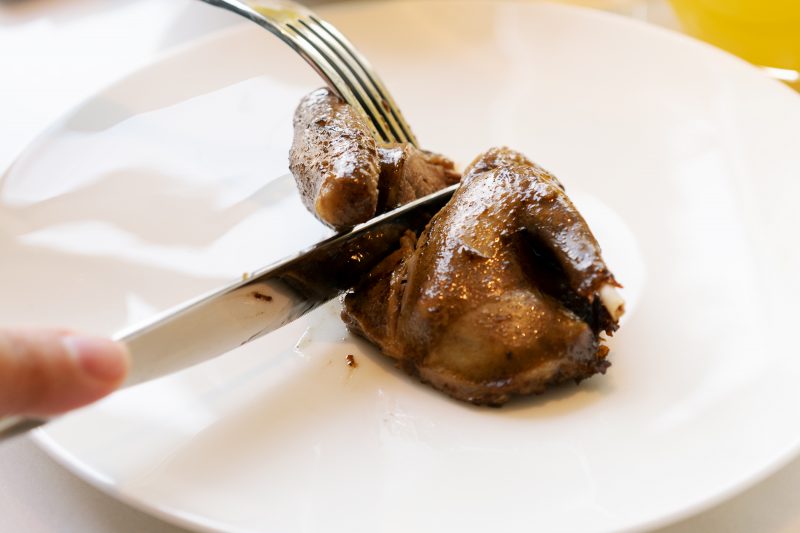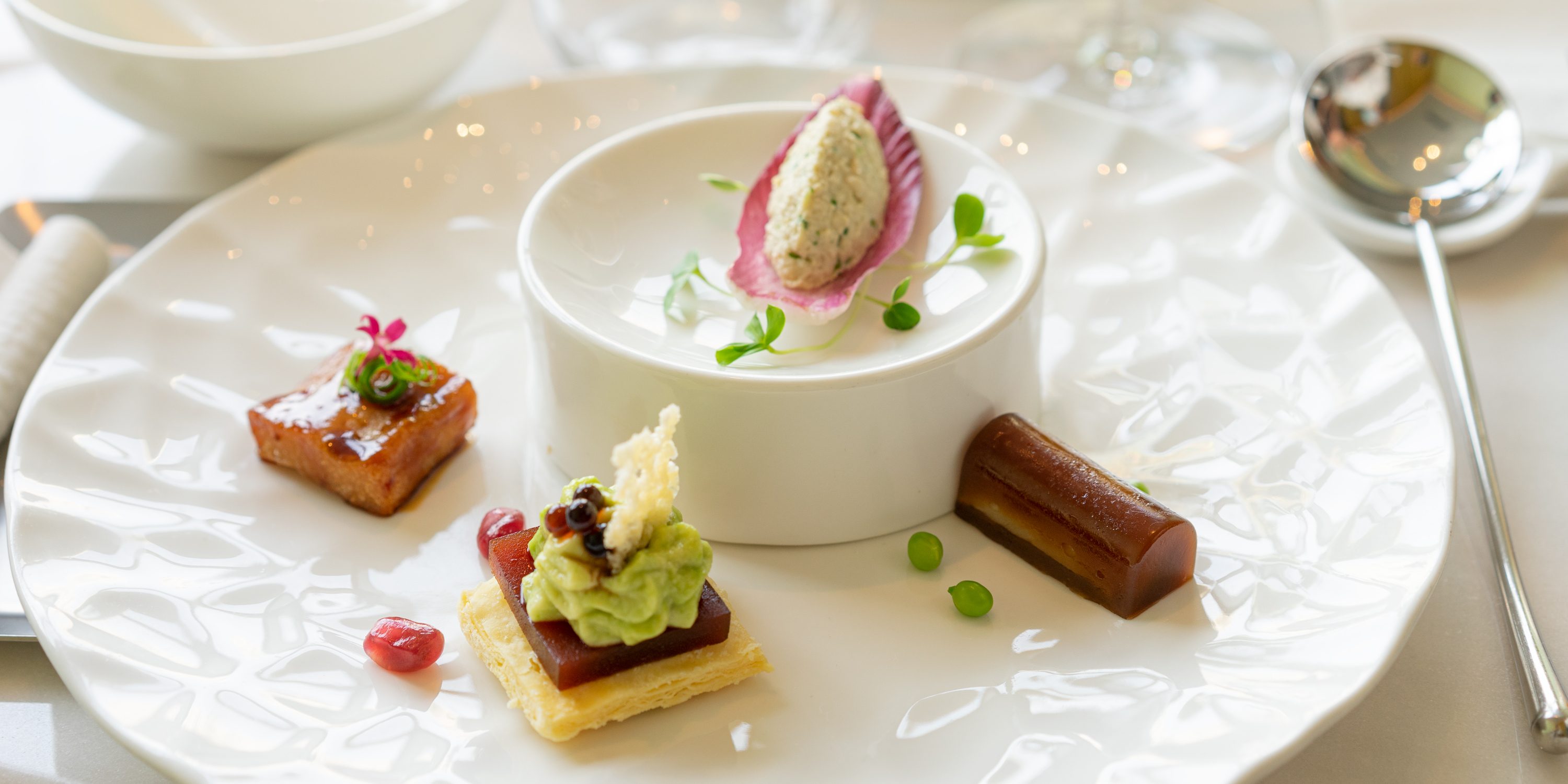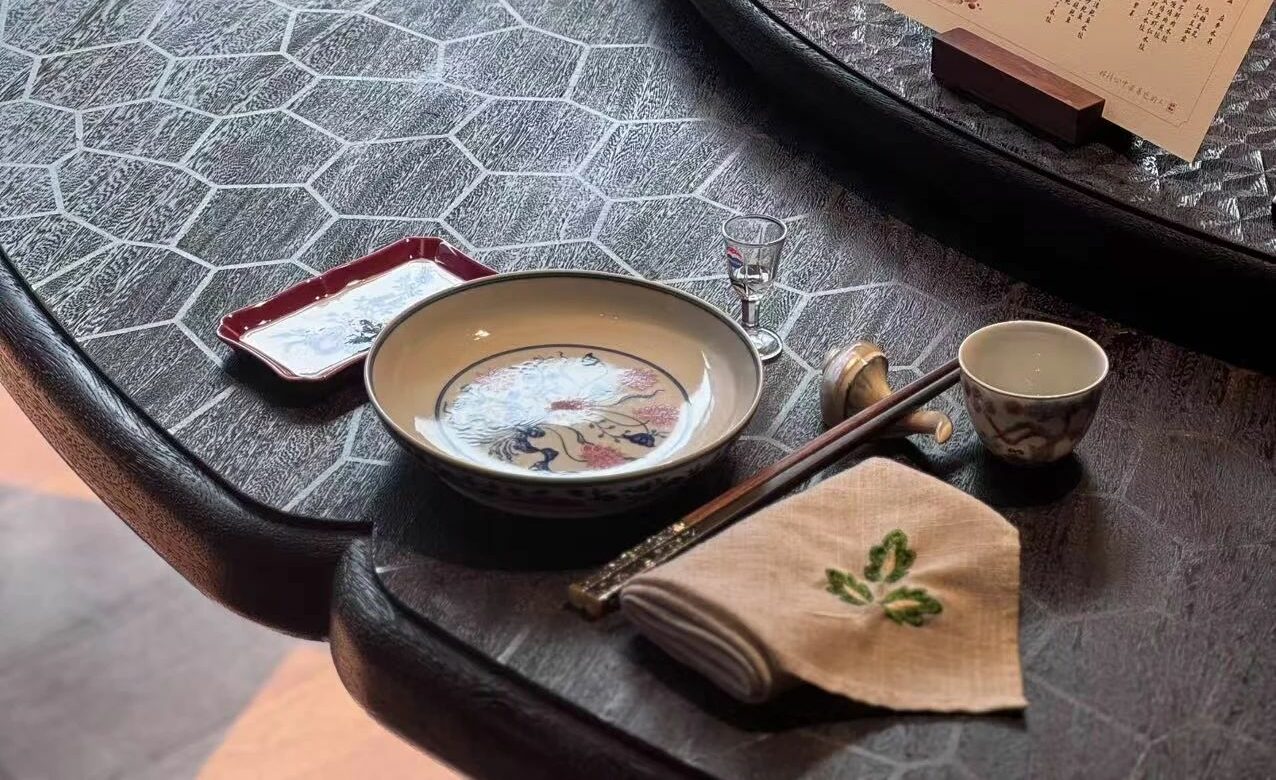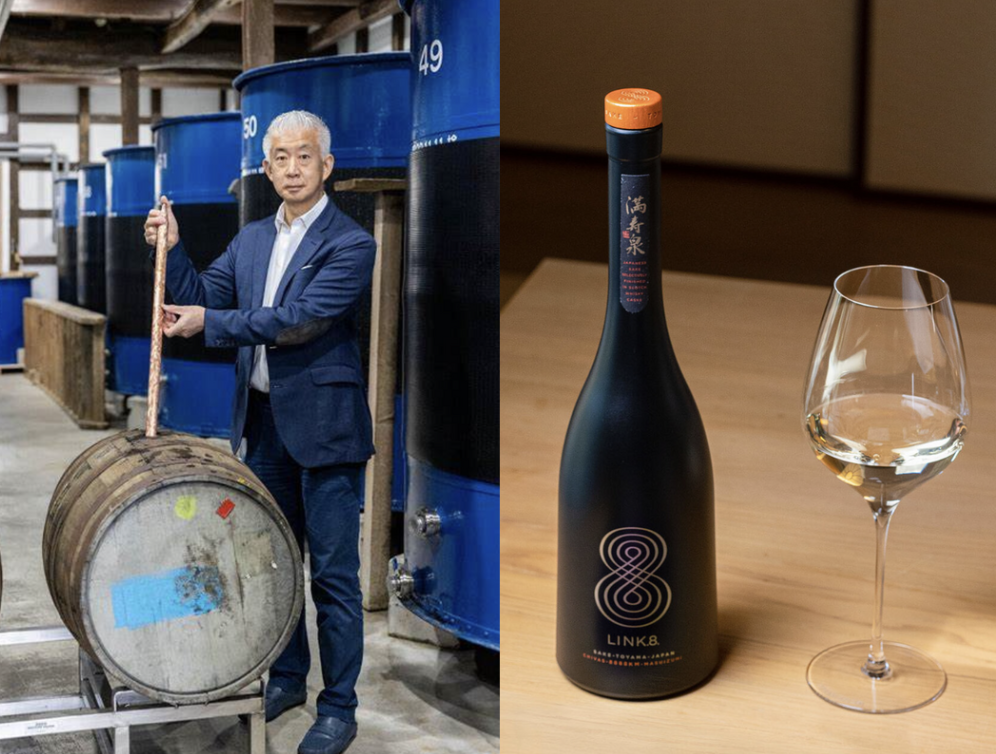Author:Jocelyn Chen
Opened in 2008, Madam Zhu’s Kitchen has been a long-established Chinese restaurant brand that focuses on Sichuanese-Shanghainese cuisine. With all branches being equipped with head chefs either from Shanghai or Sichuan, the restaurant now has locations across Beijing, Shanghai and Hangzhou, and has been recognized with numerous accolades over the years since its opening. Its Shanghai venue is recommended by the Michelin Plate for five consecutive years since 2017, and its two Hao Noodle eateries in New York received two stars from The New York Times, becoming one of the metropolis’s top celebrity destinations.


Founded by Ms Zhu Rong, a native of Chongqing, and helmed by Executive Chef Chen Jun, a native of Shanghai, Madam Zhu’s Kitchen naturally enjoys well-rounded inputs from both cuisine styles. Chen Jun received rigorous training from the national cooking master Li Yaoyun, and has a wealth of experience in Shanghai, Huaiyang and Sichuan cuisines. Chen formally began his culinary career as an intern working at the much revered Yan’an Hotel in Shanghai after graduation in 1983. He then broadened his perspective with a move to Germany before he returned to China to further refine his culinary expertise by working extensively at various locations such as Suzhou, Wuxi, Jilin, Shandong and Macau.
Working abroad expanded Chen’s experience with Western cuisine. While working in Macau introduced him to Cantonese cuisine, Chen showcased the absolute beauties of Huaiyang cold dishes to the locals who were unfamiliar with this treasured cuisine. After returning to Shanghai in 2002 and working as the executive chef at Canton Table, Yu Jia and Peninsula Restaurant, Chen joined Madam Zhu’s Kitchen in 2011 and has since in charge of the development, production and management of the dishes. He said when he first came to the restaurant, he noticed it was trying to cater to tourists’ demand for innovative Sichuanese dishes, and then there were the sparks ignited when his traditional approach met with the owner’s inspirational style.


Executive Chef Chen Jun and writer
It was a bold decision to set the tone for Chinese cuisine. Chen Jun said he had already positioned himself in Chinese cuisine before he joined Madam Zhu’s Kitchen, but for him, the lack of a fixed framework has instead made him more relaxed in his cooking, not having to be bound by the no-nos or routines. Chen mentioned that sometimes he would identify a dish that is not typically Shanghainese or Sichuanese cuisine, but he could still bring it on board as long as he believes it’s suitable for the menu.
Basically, Madam Zhu’s Kitchen puts a 50/50 ratio of Sichuanese and Shanghainese dishes on its menus, but now it would also adjust the ratio based on regional conditions. For example, Hangzhou and Shanghai branches have relatively less Sichuan dishes, or an adjusted level of spiciness to suit the local palate. The thing is, remove the seemingly various cuisine types brought by Chef Chen and at the heart of Gold is a simple commitment to presenting home-style dishes for Chinese diners with vitality and elegance.

For its flagship store, Madam Zhu’s Kitchen uses “Reserve” to signify its dishes having the most refined and best quality. Custom-made tableware from Hunan Liling, quality ingredients and meticulous plating, largely updated cold dishes and soups, thoughtful choice of ingredients for hot dishes… The signature roast duck is paired with caviar, the flatfish in the grilled pork dish is switched to eel, and a delicious range of popular plates that the restaurant has accumulated over the decade is elevated both in terms of quality and techniques, all giving the menu a finesse that oozes sophistication and resonates with the audience.
Mixed Chinese Toon and Tofu on Endive Leaves: the first sight may be simple, but the irregular tofu crumbs best retain the slightly sweet and nutty taste of bean curd and easily create a richer mouthfeel to be satiated. Served with tender leaves of endive to blend in a hint of bitter top note, followed by the distinctive aroma of Chinese toon, this dish is a light-weighted yet scrumptious symphony that’s part of the cold dishes mix.
Another “cold” dish but served hot is the Crispy Pork Neck. The pork skin is fired to a crispy perfection but is elastic and instantly breakable when you take a bite. Premium.
Traditionally, Shanghai Smoked Fish is a cold dish, but here the pomfret is deep-fried and served hot with a crispy skin and tender flesh in a rich sauce. Serving cold dishes hot has recently been seen in many fine local restaurants. The soup – Stewed Fish Maw with Bamboo Fungus and Matsutake, combines the aromas of all three with a fresh, sweet flavour and a long, lingering aftertaste.



Cold Dishes Platter/ Shanghai Smoked Fish/
Stewed Fish Maw with Bamboo Fungus and Matsutake
First of the hot dishes, the Crispy Squab issimmered in a special casserole and flamed with a drizzle of rosé wine before serving, giving the squab a rich creamy hint with spice-lit fragrance. After marinating and braising processes, the meat is still tender, juicy and easily falls off from the bone.
The use of lobster in Boston Lobster with Mapo Tofu was thought to be a posh promotion, but the combination with mapo tofu was unexpectedly delicious. While most restaurants tend to overcook lobster meat, the fried lobster here is so tender and fibrous that it adds to a luxurious version of a Sichuan classic fare.



Crispy Squab/Boston Lobster with Mapo Tofu
Another impressive dish, Baked Lanzhou Lily Bulbs in Sweet Sauce is made with fresh lily bulbs from Lanzhou, stir fried with garlic and drizzled with a secret sweet Osmanthus-flavoured sauce, as the scents of the roasted garlic complements the sweetness of the lily bulb. This delicacy can be readily reproduced at home if you have access to fresh quality lily bulbs.
Shredded Ham and Wild Rice Stem in Chicken Soup takes inspiration from its Huaiyang counterpart, only the dried bean curd is changed to the seasonal vegetable – wild rice stem. The chicken soup and ham instantly jazz up the flavour to bring out the essence of the dish. To retain and present the best texture of wild rice stem, Chen Jun mentioned particularly using a Japanese grater to meet the increasing daily demand for the dish during holiday seasons.



Baked Lanzhou Lily Bulbs/Shredded Ham and Wild Rice Stem
Madam Zhu’s Kitchen has always been adapting its menu to the local palate. The introduction of the Roast Duck was a result of its first venue opening in Beijing, but the menu is still very much focused on Sichuanese and Shanghainese cuisine. Generally, a restaurant would want to have its own niche, yet in contrast to today’s ever-growing fusion cuisine trend, Madam Zhu’s Kitchen shows its attitude by referring itself as a Chinese cuisine restaurant.
Unlike the usual impression of a I’m-calling-the-shots chef in the kitchen, I see Chen Jun as a gentle and amiable man, whose dishes are just like his unobtrusive temperament. Leaning towards a mid-century modernism décor, the hall of the reserve store is designed with hues of mint green, adding a real edge of dynamism to offer a warm, stylish atmosphere. The restaurant seats up to 180 guests in its spacious, comfortable dining room, and several private dining rooms with great views to the outside landscape. Compared to this one in the mall, I also like the pretty villa where the restaurant sits in Hangzhou, probably because it’s more in tune with my impression of the owner, Ms Zhu, who is full of artistic thoughts and creative ideas.



After opening Madam Zhu’s Kitchen Reserve, Chen Jun said that for more than a decade he has been doing the business with steady pace. He’d like to keep doing so before everything matures.
At an experienced age of 57, Chen wants to offer home-cooked flavours with the best quality at an affordable price. It’s not high-end, avant-garde cooking, but it is authentically good. Afterall, not everyone needs shark’s fin and abalone for every meal; they simply need food that is in the season with just the right amount of deliciousness.
In a spirit of inclusivity, Madam Zhu’s Kitchen Reserve is a delicious restaurant that honours homemade flavours and where pleasant gatherings happen.
-END-











